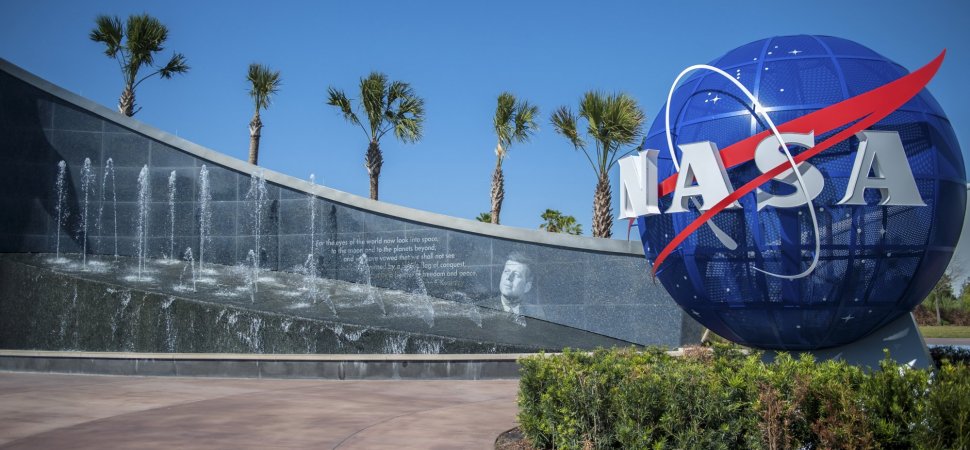
NASA is a remarkable organization which is always making remarkable discoveries and it never seems to end but of their many findings. These are the list of discoveries which leave you speechless.
The Island From Nowhere
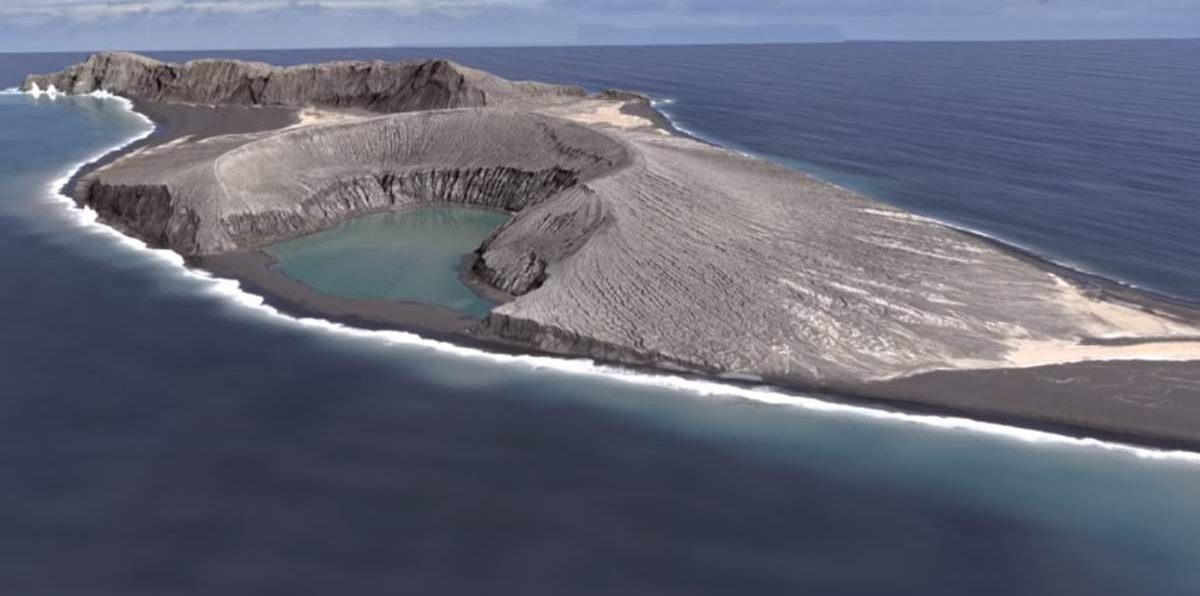
The idea of NASA conjures up thoughts of outer space interstellar travel and little green man but the science-base organization also helps us understand things about our own planet and one of the most baffling and insane things concerns a brand-new Island popping up out of the ground. Though the idea of a brand-new Island popping up out of nowhere seems improbable, there’s logic behind it. An underwater volcano near the Polynesian Kingdom of Tonga erupted and in doing so, through a whole new chunk of land that had been previously underwater up onto the surface, sort of like a reverse Atlantis.
Scientists were initially baffled when the 30,000 foot high cloud of ash from the eruption slowly dissipated to reveal an entirely new Island. It is named as Hunga Tonga. NASA scientists expected it would be unstable and soon collapse back into the water. So, it’s not a great place for a vacation but more recent studies suggest, it could remain above the surface for decades if not eternity.
Tabular Iceberg

When we think of icebergs, we think of them being utterly random and shape and that makes sense. They’re big hunks of ice that are clumsily forged by nature and there’s no grand design here but NASA has discovered icebergs that defy all logic. These are perfectly rectangular, the perfect smooth edges, and perfect shape almost as if they were made by the universe’s largest intergalactic ice tray.
In October 2018, one of these tabular icebergs was featured on the news where it sent the mainstream masses into a frenzy and they desperately tried to understand how such a thing could exist. NASA proved that when small icebergs break off from another iceberg, they do so with a nice clean break means they are often perfectly shaped but as time passes, the sights chisel away in little bits and pieces and they come to have the more clunky. It’s just rare to see a tabular iceberg in its oddly perfect shape.
Raspberry Cloud
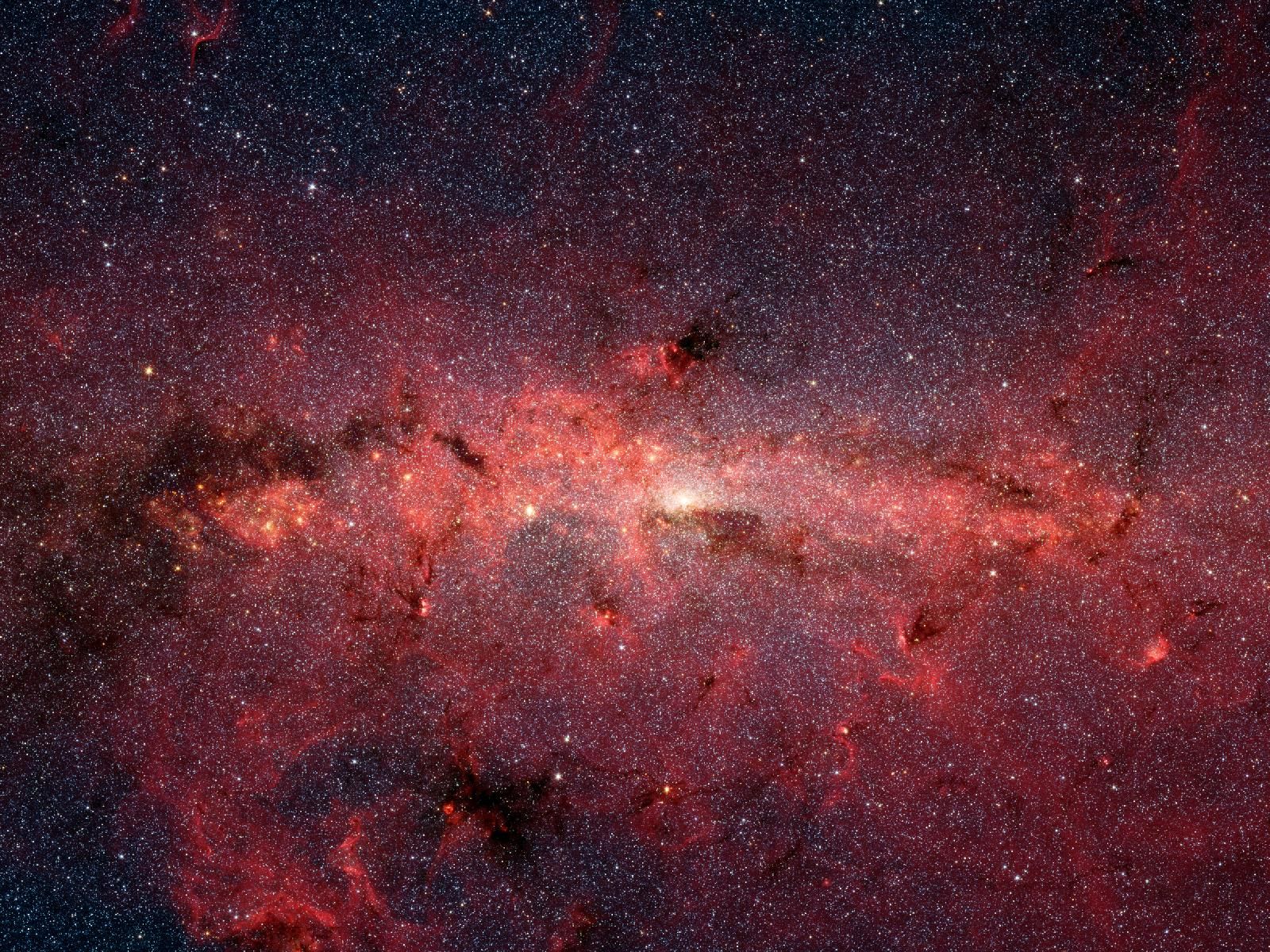
As crazy as may this sound, space has a smell. More than one astronaut has described space as smelling a little bit like a combo between metal and seared meat. Outer space apparently has the whiff of a barbecue in a garage. Notable astronaut Chris Hadfield went further describing the aroma as similar to gunpowder but it’s a little more complicated than that. It’s not actually the vacuum of space itself that reeks of bacon and bullets, it’s the particles wafting in from the nearest astrological body. Actually, the overwhelming smells to come from our good planet are meat and metal.
The universe is full of more strange smells than an explosion at a soap factory and one of the more notorious is the infamous raspberry cloud. In 1995, NASA discovered a gas cloud so big, it is larger than our entire solar system. After much analysis they came to the conclusion that this gas cloud smelt remarkably like rum. The cloud contains a high amount of ethanol which makes alcohol. The cloud also contain an awful lot of ethyl format, the compound that gives raspberries and their flavor. Simply, there’s a cloud out there in space that stinks of rum and tastes of raspberries.
Raining Sunscreen
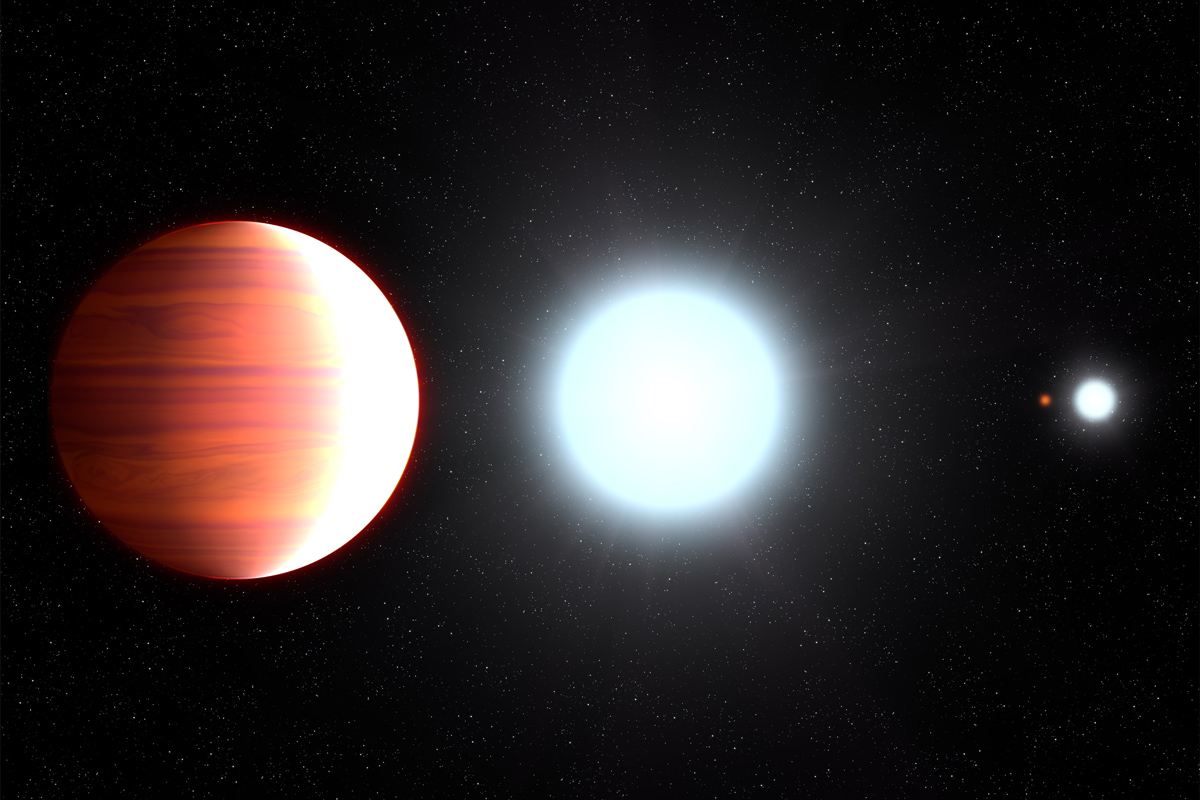
In October 2017, NASA scientists discovered an incredibly unique planet named Kepler-13AB. It rains sunscreen, actual Sun lotion rains from the skies. The atmosphere of the planet is full of a chemical compound called titanium oxide which is a closed chemical relative to what we refer to as sunscreen or Sun lotion. Big, gloopy, white dollops of sunscreen like substance Snow down but here’s the hilarious catch. Kepler-13AB orbits so close to its parent star, the whole planet is significantly hotter than our own Sun. It sometimes reaches heats of 5,000 Fahrenheit that’s so hot it will turn metal to liquid.
Planet of Diamonds
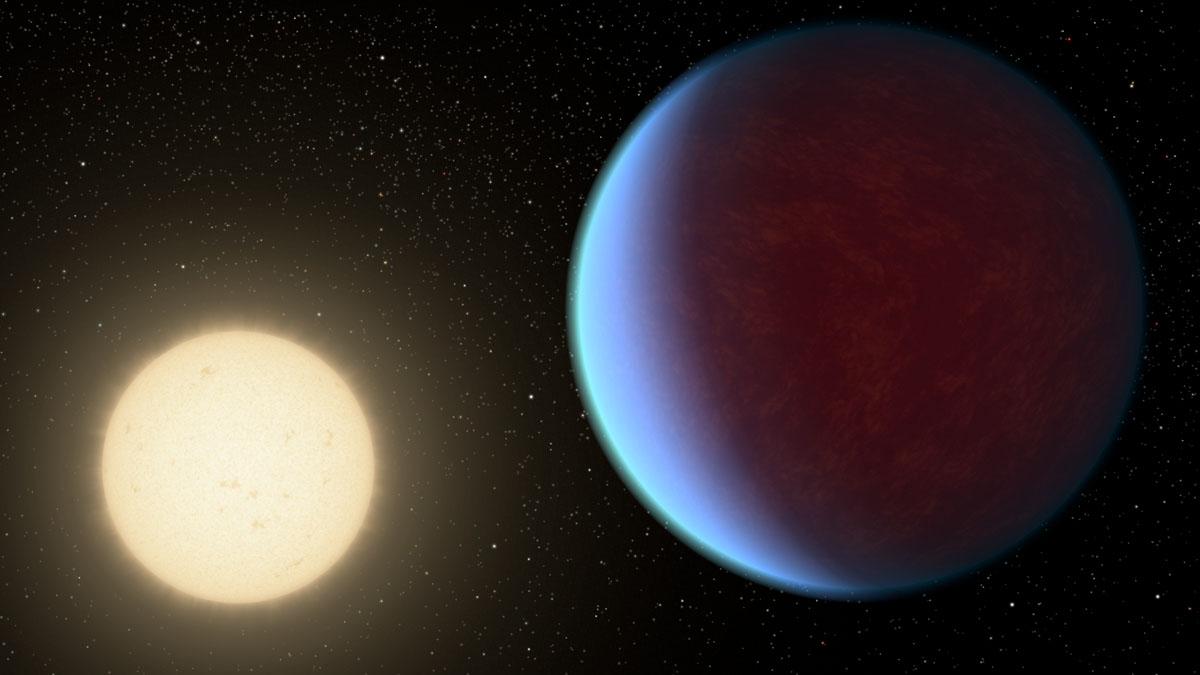
The planet which is literally made of diamonds. The planet called 55 Canri B is around 41 light-years from Earth and about third of its mass as high-pressure carbon. Basic science would suggest that this third takes the form of what we on earth would call diamonds. The collective worth of 55 Canri B entire diamond hoard is an astounding 26.9 Nonillion. Nonillion means 30 zeros, that’s 26.9 followed by 30 zeros.
Lava Ocean
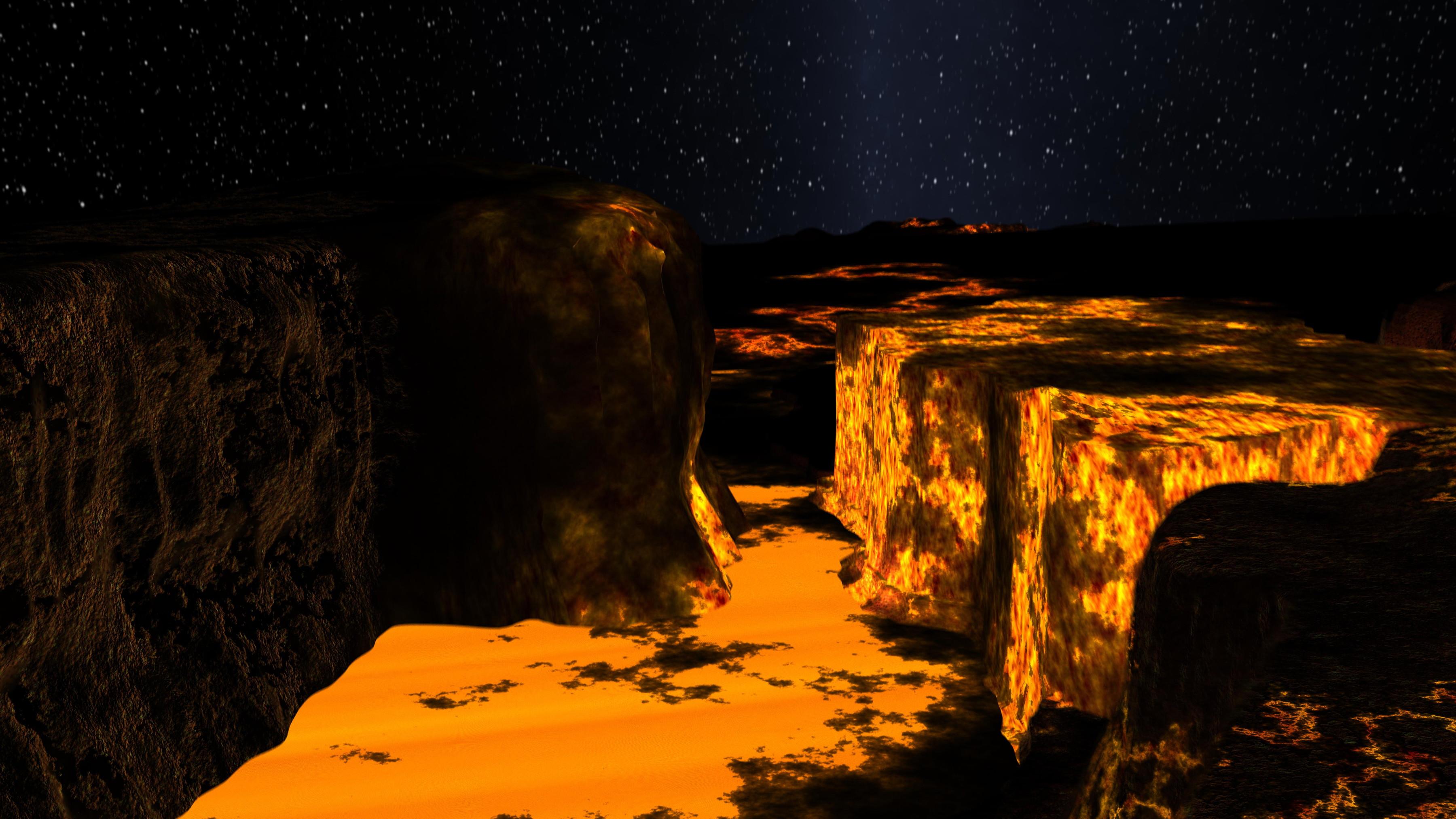
Kepler 10B is a roughly earth-sized planet discovered in 2011 that houses an entire ocean of lava, not just a puddle or a river or a dribble, a gigantic ocean, the size of many of Earth’s own comprised entirely of white hot lava. Its gravitational pull is so intense that waves of lava regularly rise up and crash against the surface.
The Sun’s Heartbeat
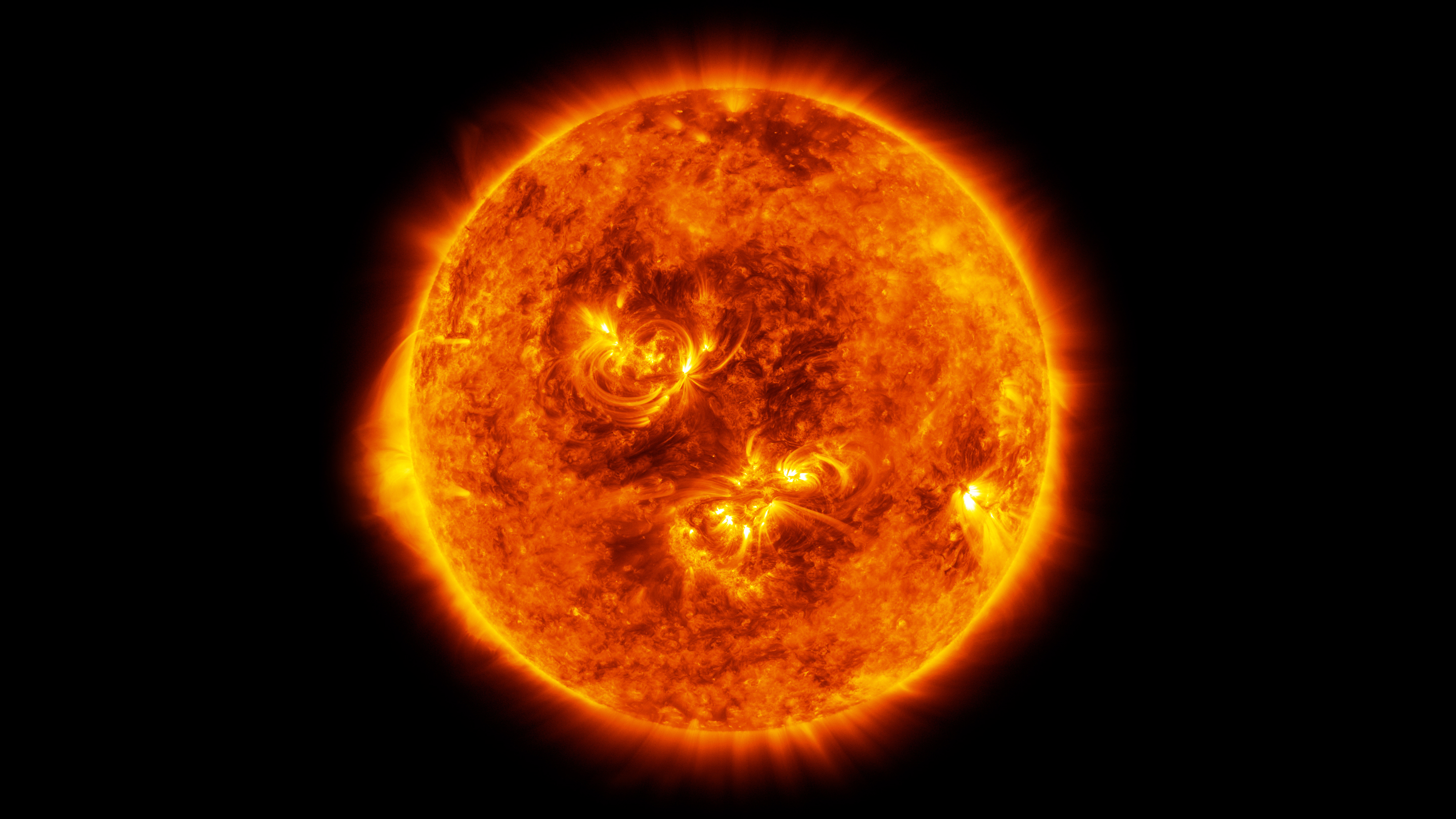
Though it may not be a living and breathing creature, NASA scientists have found that if you listen close enough, you can hear the thumping sounds of life from deep within the Sun. In July 2018, NASA captured an audio recording from inside the Sun, it’s not exactly a heartbeat but it is very comparable to one. NASA has discovered is that the sun’s interiors move, the sound waves caused by these shifts are what NASA have heard and recorded. They named this sound as sun’s heartbeat but a more accurate name would be the Sun’s tummy rumbles.
Kepler-186f
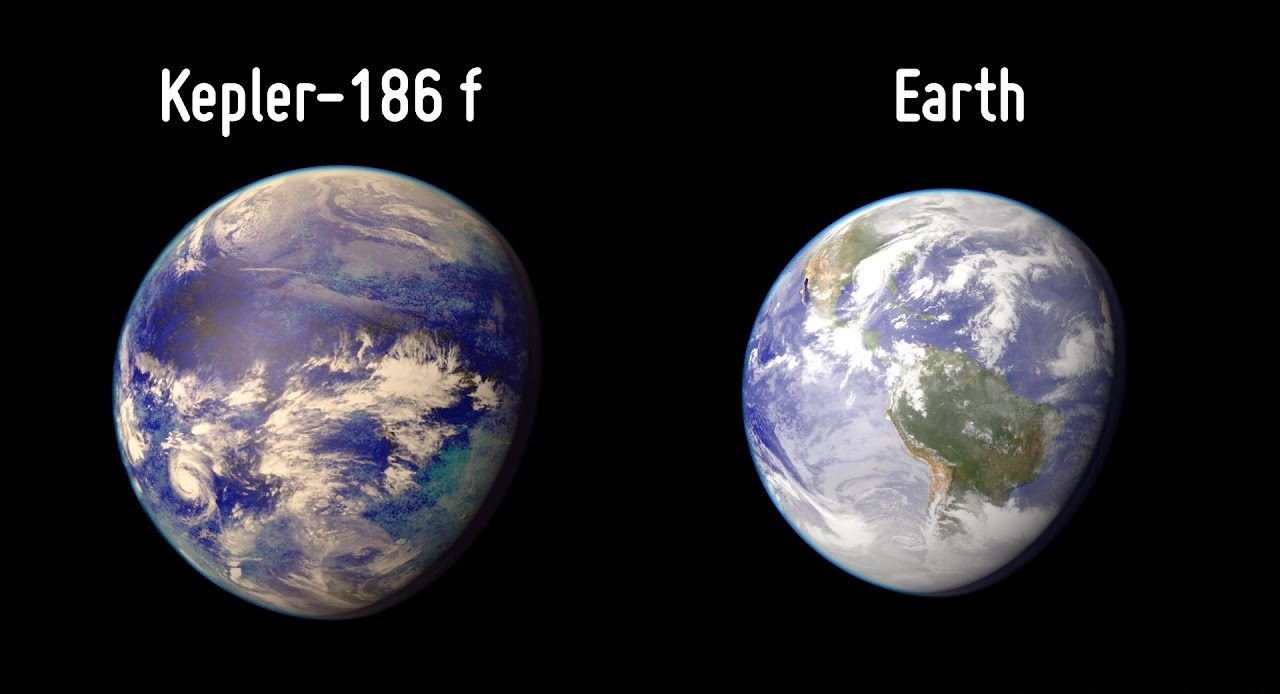
Kepler-186f is the most important newly discovered planet. it is officially the most earth-like planet NASA has ever found and his discovery has significantly boosted the belief that there may well be alien life out there. Most newly discovered planets orbit far too closely to their Sun for life to be habitable, this all changed with Kepler-186f. Its orbit is at just the perfect distance for there to be water and potentially intelligent life unlike earth. It is the first planet with a radius similar to Earth’s to be discovered in the habitable zone of another star. NASA’s Kepler space telescope detected it using the transit method, along with four additional planets orbiting much closer to the star, all modestly larger than Earth.
NASA scientists continue to closely observe Kepler 186f with a keen eye. In 2015, USA conducted that it was one of the four best planets for potential colonization in the future and in 2018, NASA deduced that it may even have the same four seasons in a similar pattern to earth.
Martian Methane Cycle
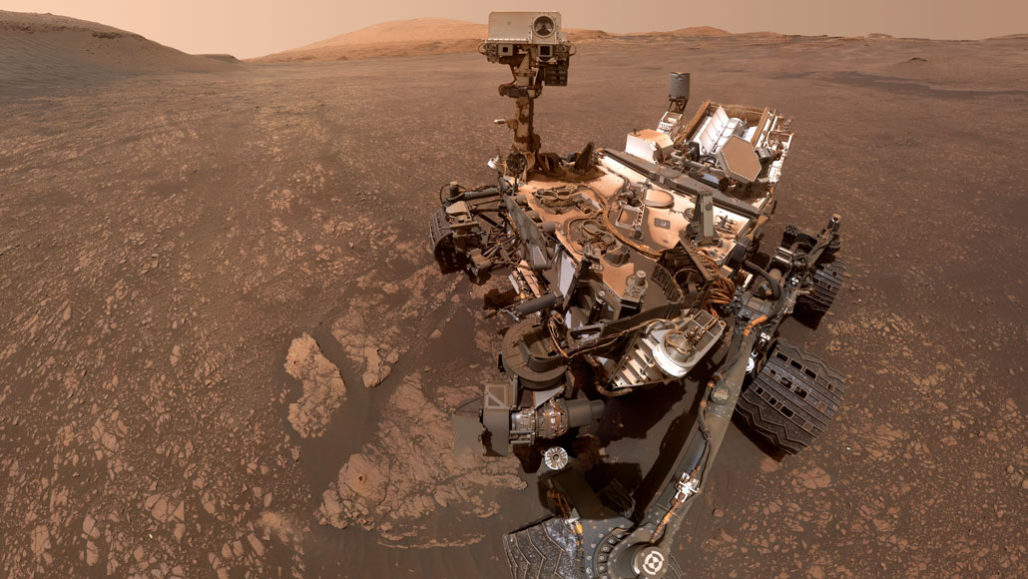
NASA very recently discovered something remarkable that may change the game when it comes to life on Mars. An unexpected methane plume was detected, leading to immediate study and analysis. As methane needs bacteria to exist, NASA were incredibly intrigued and quickly had a “Curiosity rover” sent to the Red Planet. The hard-working rover made a startling discovery, methane on Mars grew more concentrated by season. This was the piece of the puzzle scientists needed to embrace that life on Mars must be more than possible it’s inevitable.
Though evidence of life has yet to be found, our understanding of methane on Mars almost guarantees that life of some kind must exist.
More Than Methane In Mars?
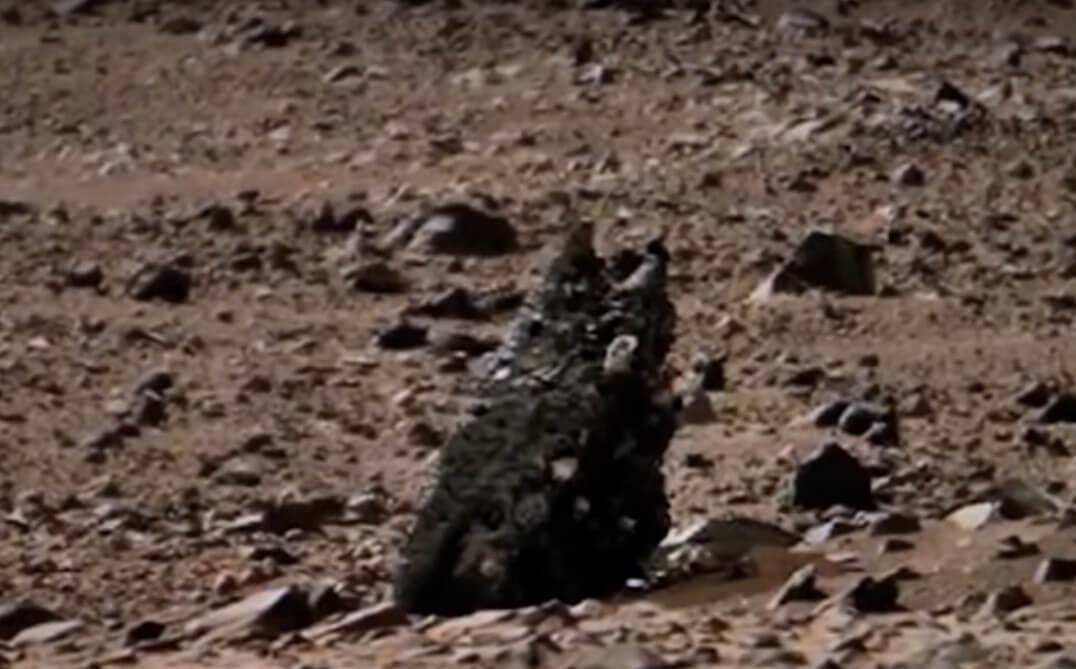
Methane is not the only thing curiosity has discovered on Mars. In one of the photos taken, some strange kind of rock or odd looking plant can be seen in the distance but a closer look reveals that it may be something more. It seems to have tentacles and suction cup like features, reinforcing that there may be life on Mars or is it just an odd Rock?




